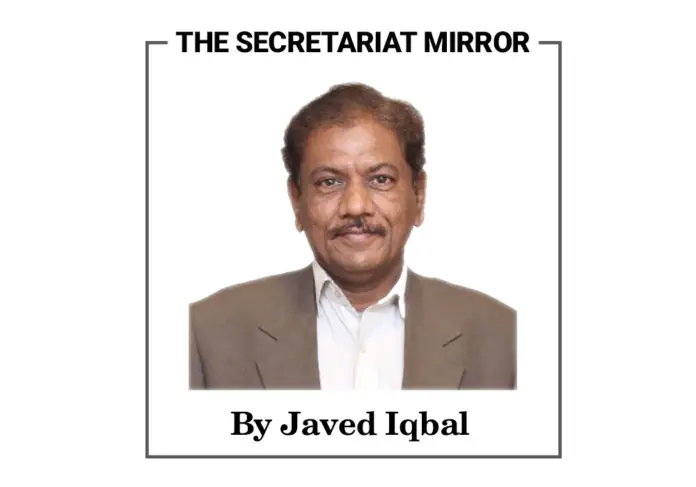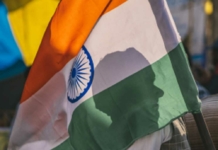The smog in Shanghai had become a major issue in recent years, as the city’s population grew alarmingly and the number of cars on the road increased. The dense smog often shrouded the city in an orange-brown haze, and it was difficult to see more than a few hundred meters in any direction. The air quality in Shanghai was often ranked among the worst in the world, and the smog was linked to several health problems, including respiratory illnesses and cardiac disease.
The government in Shanghai had to take a number of steps to try to reduce the amount of smog in the city, including investing in public transportation and promoting the use of electric cars. However, much of the smog was caused by emissions from factories and power plants located outside of Shanghai, and it was difficult for the city government to control these sources. In recent years, Beijing has also struggled with severe air pollution, and there has been growing public pressure for the Chinese government to take action to improve air quality.
When smog and soot combine, short-term exposure to severe smog can cause respiratory problems — including coughing, difficulty breathing, and chest pain. People with heart or lung disease, children, and the elderly are especially at risk. Long-term exposure can lead to permanent lung damage. At least two distinct types of smog are recognized, sulphurous and photochemical.
Some possible roles that universities in Shanghai played in controlling smog include conducting research on air pollution and its causes, developing new technologies to reduce air pollution, and educating the public about ways to reduce air pollution.
The local governments in China are responsible for controlling smog in their respective regions. They are tasked with developing and implementing plans to reduce air pollution, and enforcing regulations to ensure compliance. Local governments also worked with businesses and residents to promote emissions reduction initiatives.
Some of the possible punishments that could be levied against those who violated smog standard operating procedures in Shanghai include fines, having their business closed down, and being sent to prison. As of April 2017, the Shanghai municipal government states that “over 20,000 polluting enterprises have been shut down or suspended.”
Starting on January 1, 2018, the Shanghai government announced a ban on private transportation to control smog levels in the city. Cars with number plates ending in odd numbers were allowed to drive on Monday, Wednesday and Friday, while those with number plates ending in even numbers were on Tuesday, Thursday and Saturday.
Garry Fuller in the Guardian writes air pollution control can avoid 28,000 deaths annually in the UK and more than 4 million across the globe. Smog first appeared in London in 1952, causing 12000 deaths, forcing the passing of the Clean Air Act of 1956.
Dr Sultan Mehmood from Eco-care Think Tank said that no vehicle without a smoke test should be allowed on roads in Lahore as California and other advanced cities did some two decades ago. Both Indian and Pakistani farmers burn crop residues. He believed that majority of the machines to measure AQI with the environment protection agency were of poor quality or out of order.
Lawrence garden in charge Abbas Ali said that Lahore is no more a city of gardens; rather a city of lost gardens.
Giving away details, he said circular gardens around the Walled City Lahore had been destroyed by the state and citizens alike. Green belts and gardens outside Data Darbar had also been vandalized by government agencies and private mafias. Bagh-e-Zaibun Nisa was occupied, along with others like Bagh Gul Begum, Mirza Kamran’s pavilion, Bagh-e-Dilkusha on the West bank of River Ravi, Bagh-e-Anarkali and the Chauburji Gardens. Gulabi Bagh, a 17th-century Mughal tomb of Dai Angan, also suffered a similar fate.
Historic Badami bagh was demolished, with city’s main bus stand established there. This is why Lahore faced over 400 air pollutants on AQI and turned it into a city of concrete.
Azizul Hasan, a botanical researcher, said that the ruthless slaughtering of trees to construct roads in Lahore added to the severity of air pollution. He said it was criminal negligence of rulers who constructed concrete mountains of metros and orange lines, ignoring environmental issues. They secured votes at the cost of the lives of the voters, he added. The local government secretary addressing the CPDI seminar questioned the sudden appearance of smog. Lahore has become the most polluted city in the world as it suffers from air and water pollution.
The authorities have badly failed to set up walking and cycling tracks in the city that could reduce pollutants, Hasan said.
The Pakistani government has attempted to regulate smog in the country but has faced significant obstacles. All industries and heavy vehicles are owned by the elite so it would be hard to ban them. One major reason for the difficulty in controlling smog is the lack of data on emissions. In addition, Pakistan’s geography makes it difficult to transport pollutants out of the country. The high population density and reliance on automobiles also contribute to the problem. An EPA inspector revealed that they were not allowed to visit factories and transport companies to check pollution.
Moreover, there is a lack of coordination between government agencies like the industries department and the environment protection agency, transport as well as local governments. For example, the industries department may not be aware of the environmental regulations that need to be followed, whereas the environmental protection agency is not aware of the industrial processes that are causing the pollution.
Summing it up, air pollution is a global problem that requires many different solutions. Some of the best solutions, as experts recommended, include reducing emissions from vehicles and factories, investing in renewable energy sources, and creating more parks and green spaces. Installation of fresh oxygen and anti-smog guns at bus stands, and construction sites will be fruitful. Transportation of sand and debris in covered carts should be ensured within city limits. Besides, a ban on housing societies on fertile lands and plantation drives should be a priority. Instead of horizontal expansions, vertical constructions should be encouraged. Moreover, regular washing of plants in different greenbelts may be a measure to combat smog. A culture of ‘one house, one vehicle’ should be strictly implemented. Additional cars must be heavily taxed. There should be a commission for air and water pollution control. Brick kilns, a major source of smoke, must adopt zigzag technology. All motorbikes and buses must be electrical. Without these steps, Pakistan will soon become one of the worst countries to live in.







Comments are closed.